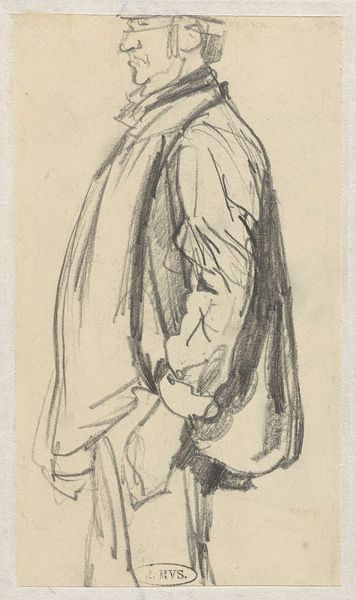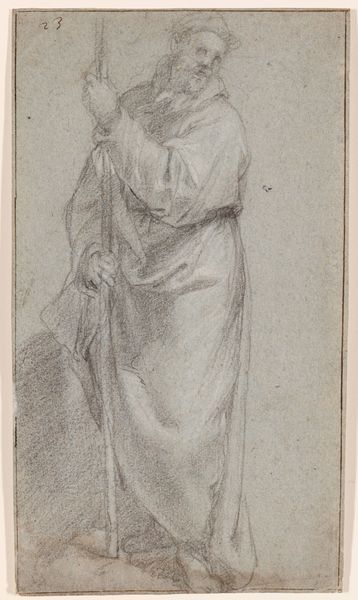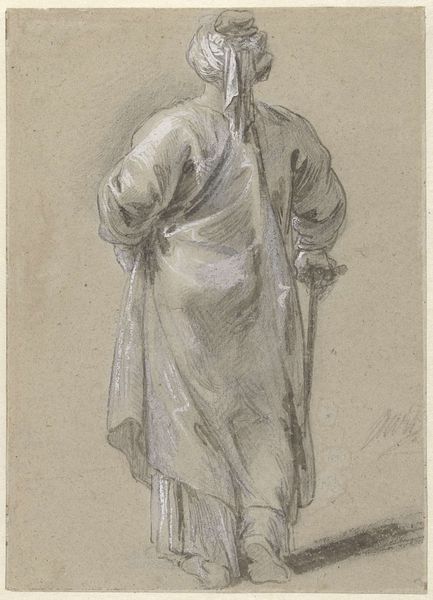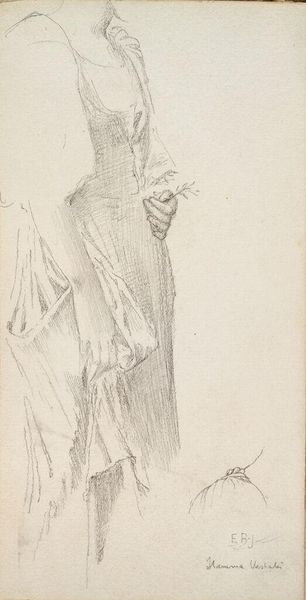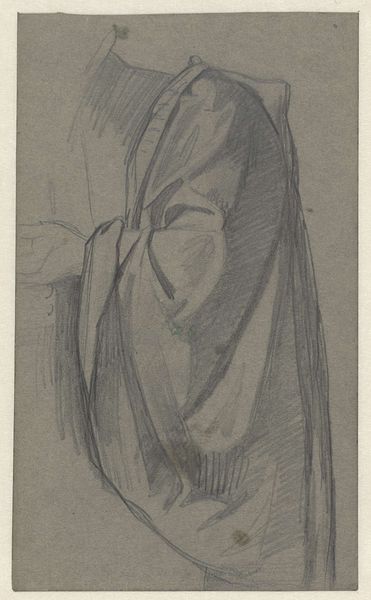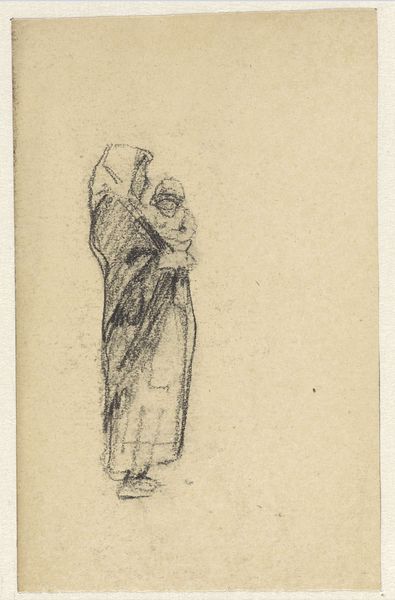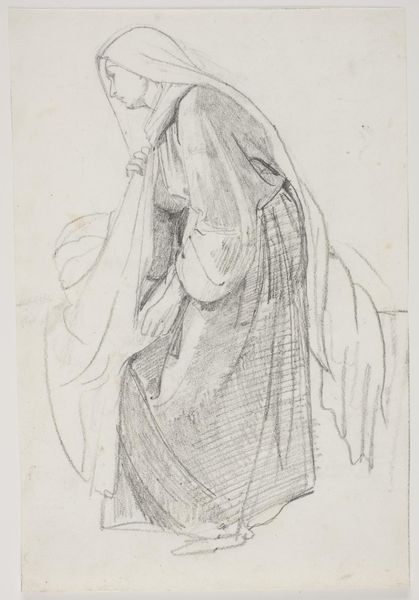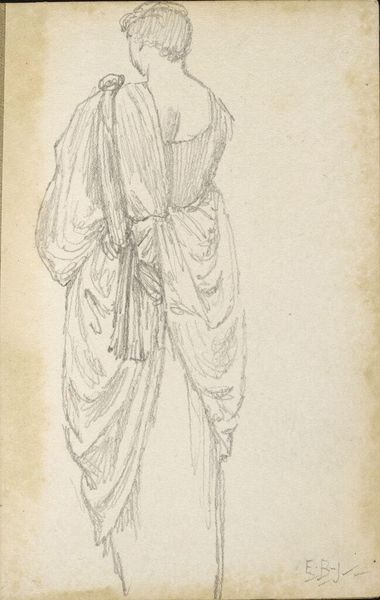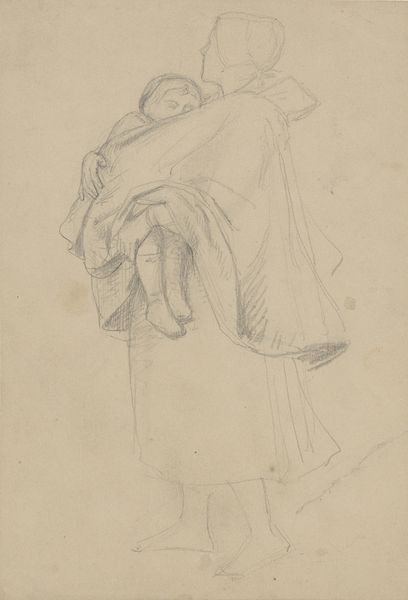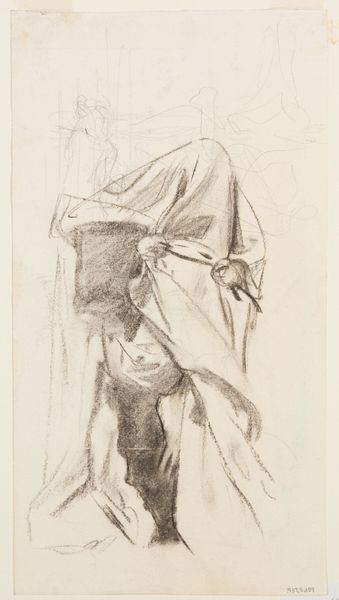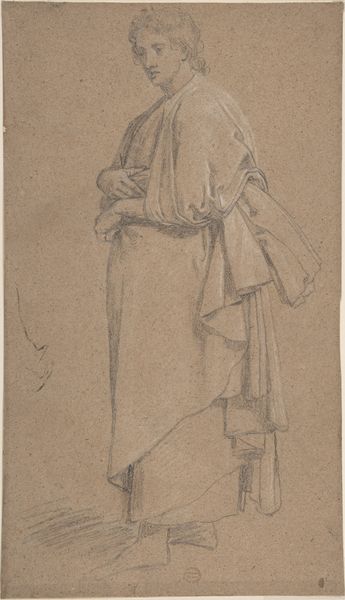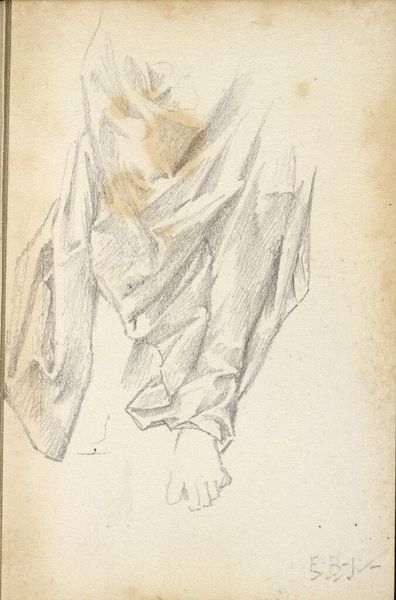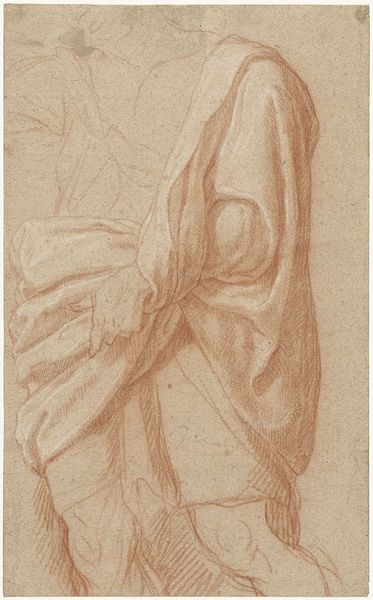
drawing, pencil
#
portrait
#
drawing
#
figuration
#
pencil
Dimensions: height 342 mm, width 212 mm
Copyright: Rijks Museum: Open Domain
Editor: So, here we have "Standing Man with Turban, Seen from the Back" by Jacob de Wit, a pencil drawing made sometime between 1705 and 1754. The figure’s anonymity, coupled with the almost sculptural quality of the drapery, makes me feel like I'm looking at a historical actor. What do you see in this piece? Curator: I see the complexities of cultural representation in 18th-century Europe. The "Turkish" figure, often depicted from the back as in this drawing, becomes a signifier for the "Orient"—a construction laden with colonial implications. What happens when we consider the power dynamics inherent in observing and portraying someone from a culture other than your own? Editor: That’s a perspective I hadn't fully considered. I was more focused on the artistic choices – the loose sketch-like style. How do you see that fitting in? Curator: The sketch-like quality, combined with the careful rendering of the fabric, suggests a study, a way of cataloging and possessing the visual other. The details might portray genuine observation. Yet it essential to think about what these observations may signify within the web of artistic intentions. Editor: It's interesting to consider how a simple drawing could be part of such a broader narrative. So, what’s to stop any form of historical representation from also being exploitative or somehow inaccurate? Curator: We must remain conscious of how power, biases, and social agendas manifest in these portrayals. In doing so we not only achieve a critical awareness of artworks, but their historicized circumstances. I guess that's where historical imagination enters into this analysis. Editor: Absolutely. Now, I will think twice the next time. Curator: So will I. There’s always so much more to consider than just the surface appearance.
Comments
No comments
Be the first to comment and join the conversation on the ultimate creative platform.
